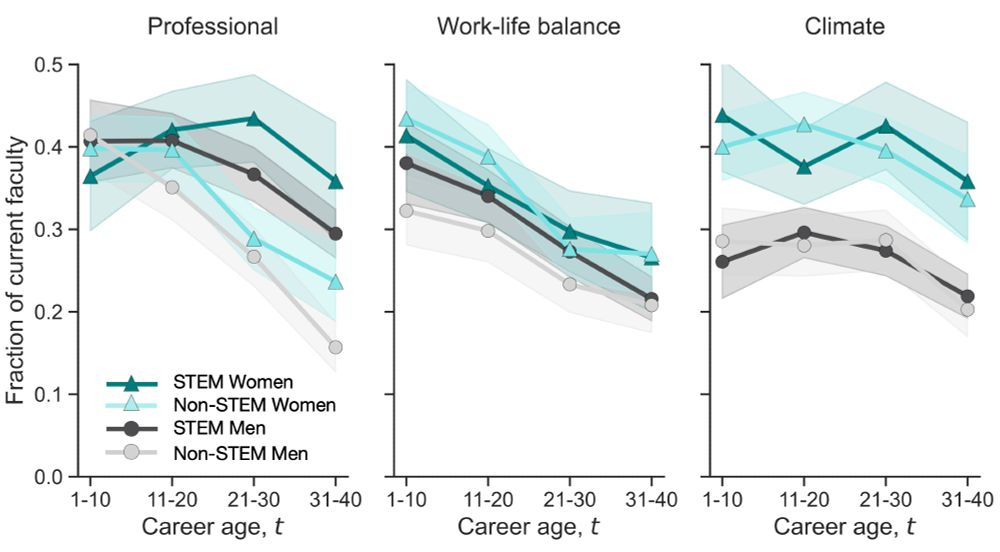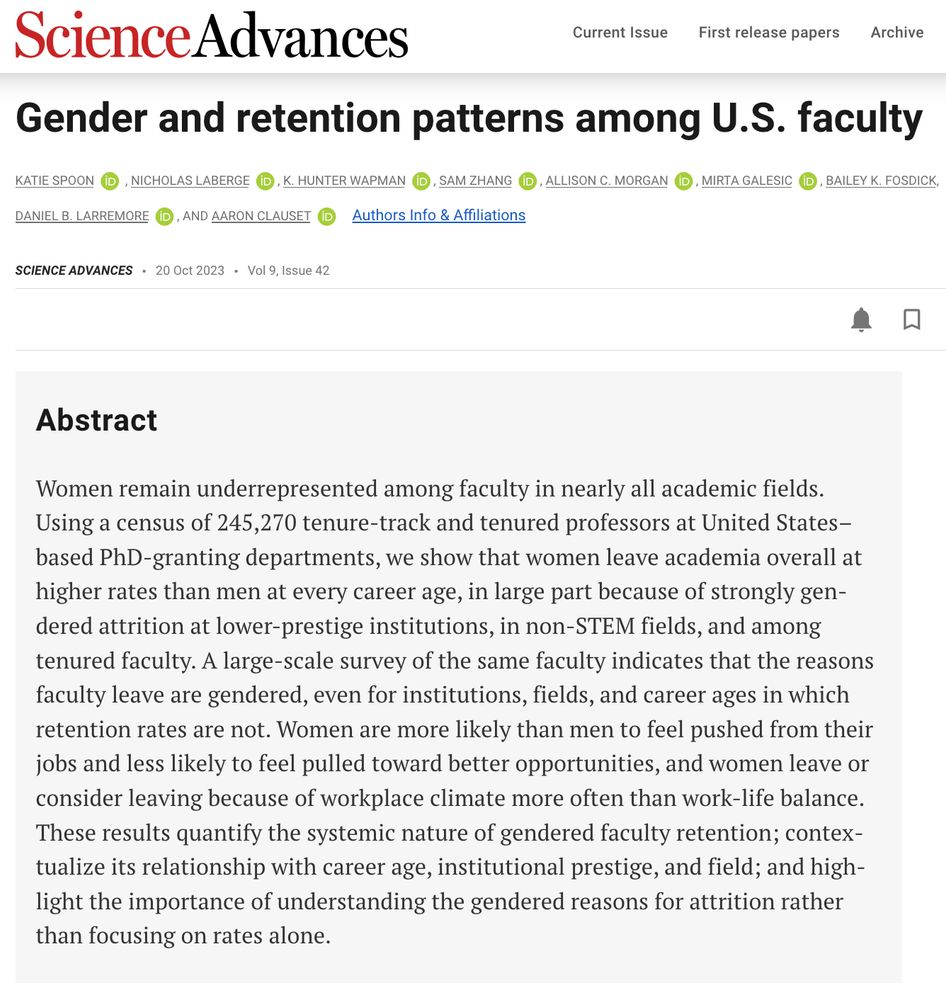Data Science Fellow at U.S. Census Bureau
CU Boulder | NSF GRFP | studying inequality in social systems and higher education | she/her | https://katiespoon.github.io/

Across two different levels of interest indicators we find that interest in banned books stays consistently low over time. Most people just aren’t reading banned books, before or after bans occur.

Across two different levels of interest indicators we find that interest in banned books stays consistently low over time. Most people just aren’t reading banned books, before or after bans occur.
We find that one of the strongest predictors that a county bans books is a *decreasing* republican vote share over the past 20 years. Precarious conservative majorities, not Republican strongholds, are the most likely to ban books.

We find that one of the strongest predictors that a county bans books is a *decreasing* republican vote share over the past 20 years. Precarious conservative majorities, not Republican strongholds, are the most likely to ban books.
Women and LGBTQ+ authors are slightly overrepresented, but authors of color are strongly overrepresented among banned authors.
The odds that an author of color is banned is:
4x a white author (among all authors)
12x a white author (among popular authors)

Women and LGBTQ+ authors are slightly overrepresented, but authors of color are strongly overrepresented among banned authors.
The odds that an author of color is banned is:
4x a white author (among all authors)
12x a white author (among popular authors)
We find most banned books are children’s books featuring diverse characters, such as LGBTQ+ characters and characters of color. In contrast, popularly discussed banned books such as young adult queer romance novels only made up a small proportion of banned books.

We find most banned books are children’s books featuring diverse characters, such as LGBTQ+ characters and characters of color. In contrast, popularly discussed banned books such as young adult queer romance novels only made up a small proportion of banned books.
🔓Open access paper: academic.oup.com/pnasnexus/ar...
🧵thread below...

🔓Open access paper: academic.oup.com/pnasnexus/ar...
🧵thread below...





- tenured faculty (esp full profs)
- faculty in non-STEM domains
- faculty at lower-prestige institutions

- tenured faculty (esp full profs)
- faculty in non-STEM domains
- faculty at lower-prestige institutions


1) census-level U.S. faculty employment data [ht @aarcresearch] to estimate “all-cause” gendered attrition rates across career ages & fields, and
2) large-scale multi-field survey data to elucidate the gendered reasons that faculty leave

1) census-level U.S. faculty employment data [ht @aarcresearch] to estimate “all-cause” gendered attrition rates across career ages & fields, and
2) large-scale multi-field survey data to elucidate the gendered reasons that faculty leave

A systematic study of gendered rates & reasons for faculty attrition in US academia 🧵

A systematic study of gendered rates & reasons for faculty attrition in US academia 🧵

